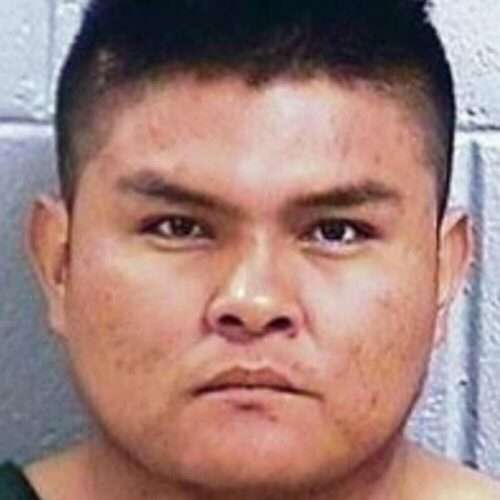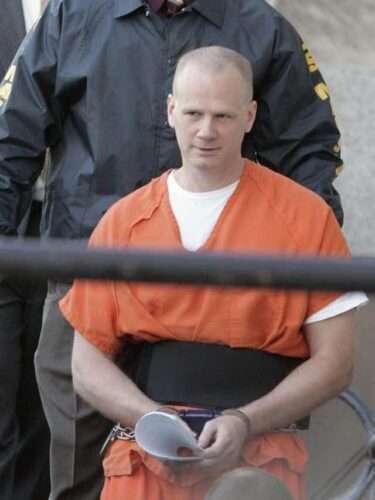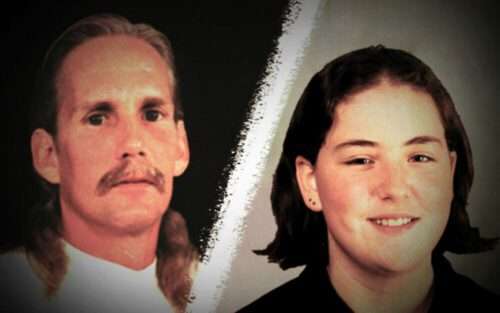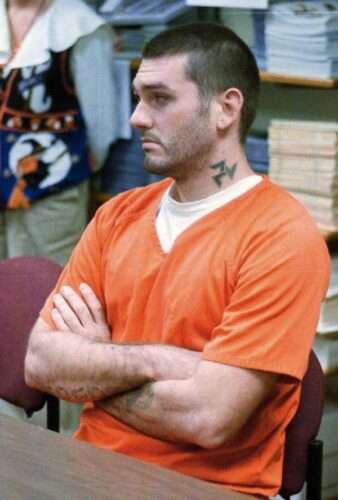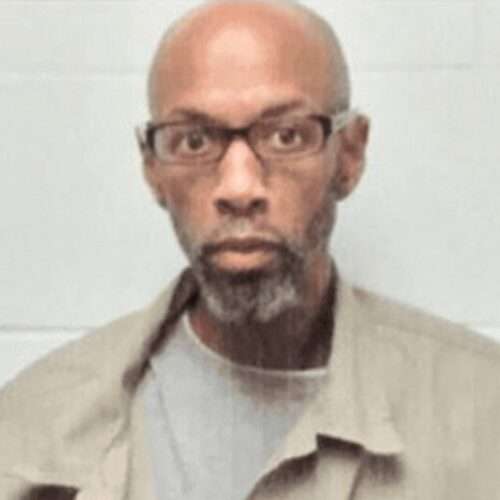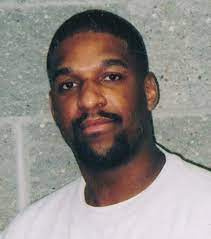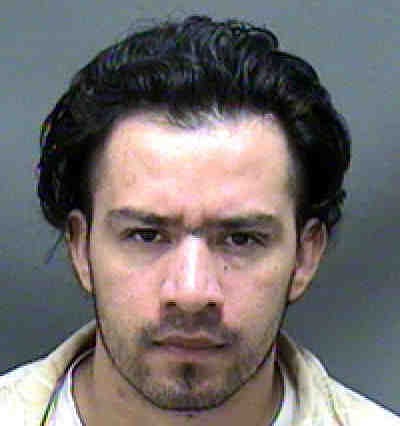Lezmond Mitchell Federal Execution
Lezmond Mitchel was executed by the Federal Government for a double murder. According to court documents Lezmond Mitchel would murder a woman and her young daughter in order to steal their vehicle. Lezmond Mitchell who was the only Native American on Federal Death Row would be executed by lethal injection on August 26, 2020 Lezmond … Read more
